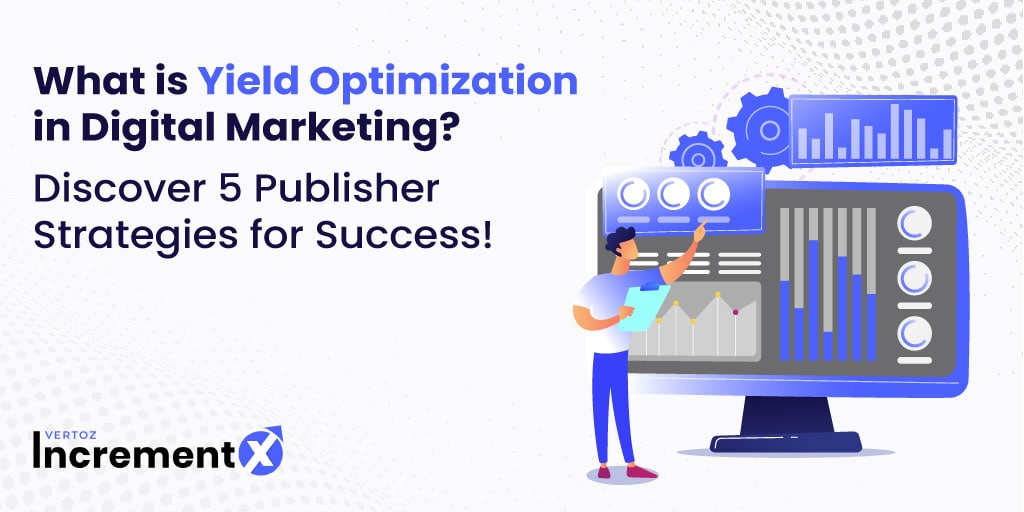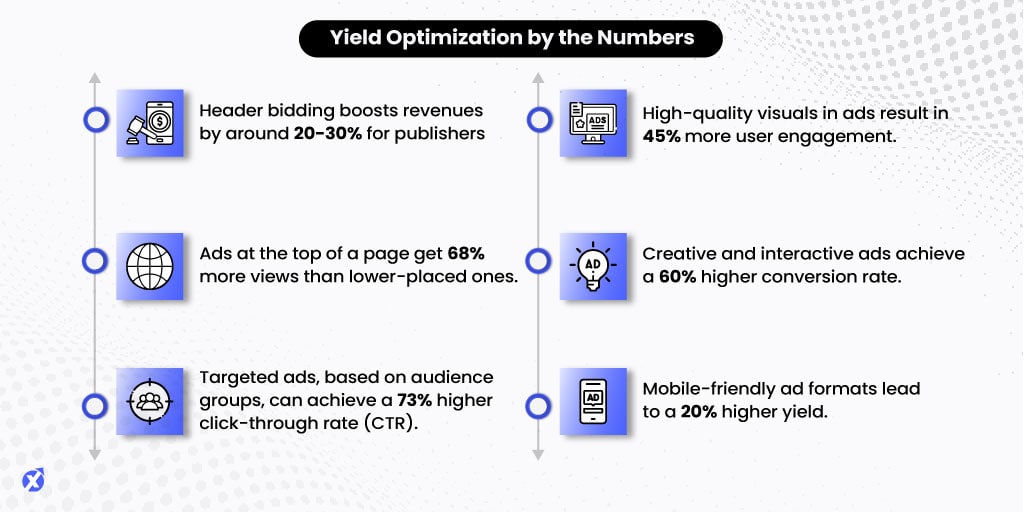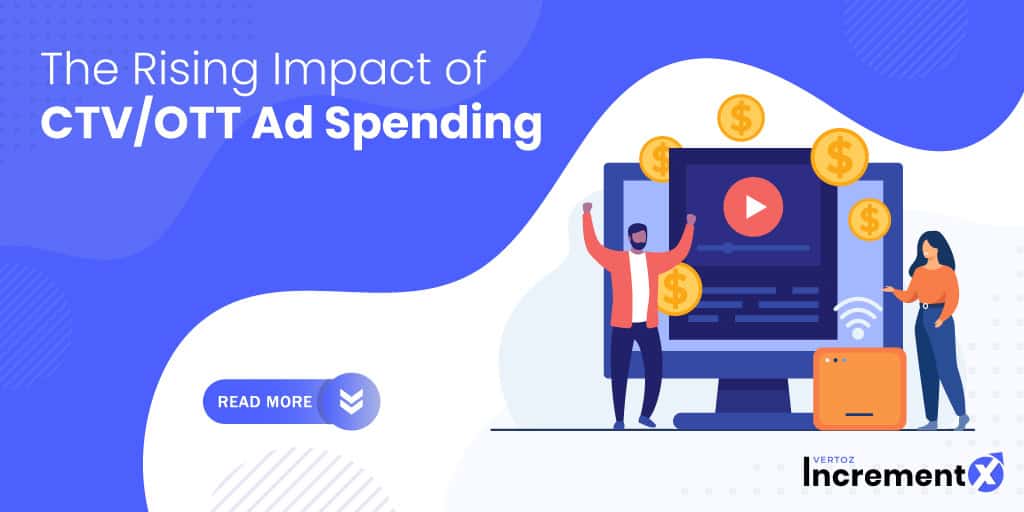In the ever-evolving landscape of online advertising and digital publishing, maximizing revenue is the primary goal for publishers. To do this, they use something called “yield optimization.” Yield optimization is all about getting the most money possible from the ads on a website. Yield optimization is a crucial strategy that publishers use to achieve this goal.
In more formal terms yield optimization involves optimizing ad inventory to generate the highest possible revenue from available ad space. In this blog post, we’ll delve into what yield optimization is and explore five strategies that can significantly benefit publishers in their search for higher revenues.
Table of contents:
So What is Yield Optimization? :
Imagine you’re running a website, and you have spaces where ads can appear. Yield optimization is like being really smart about how you use those spaces, which we call “ad inventory,” to make as much money as possible.
Yield optimization is the process of maximizing the revenue generated from a publisher’s digital ad inventory. It’s about using smart techniques to make sure as many ad spaces as possible are filled with ads, which helps publishers make more money.
It involves various techniques and strategies aimed at optimizing the use of available ad space. It means using different techniques and strategies to ensure that the ad spaces on a website are filled with ads as often as possible. Yield optimization is especially crucial in a highly competitive digital advertising ecosystem, where ad inventory is a valuable asset.
The ultimate goal of yield optimization is to strike a balance between advertisers’ demand for valuable ad space and publishers’ need to maximize their revenue. It’s a multifaceted approach that requires data analysis, technological solutions, and strategic decision-making to achieve the best possible results.
5 Strategies That Marketers Can Employ For Better Yield Optimization ResultsLet’s now dive into five key strategies that publishers can employ to optimize their yield and enhance their revenues.
1. Header Bidding :
Header bidding has revolutionized the way publishers auction their ad inventory. Traditionally, publishers relied on a waterfall model where they used a step-by-step approach where different advertisers were asked one by one to buy ad spots at fixed prices. But now, with header bidding, publishers can ask many advertisers at the same time before showing the ad.
This means advertisers have to compete in real-time, which often leads to higher prices for ad space. Header bidding offers transparency, better revenue control, and the ability to work with a broader range of demand partners, including programmatic buyers and direct advertisers.
2. Ad Positioning and Layout :
The placement and layout of ads on a publisher’s website play a significant role in yield optimization. It’s essential to strike a balance between user experience and ad revenue. While it may be tempting to flood a webpage with ads, this can negatively impact user engagement and lead to ad blindness.
Effective ad positioning involves strategic placement of ads in high-visibility areas or smart spots where people can easily see them, like at the top of the page, inside articles, or in the corners. Additionally, experimenting with different types of ads, like ones that blend into the content or stay on the screen while you scroll can enhance user experience while maximizing ad revenue.
3. Audience Segmentation and Targeting :
Understanding your audience is fundamental to yield optimization. By segmenting your audience based on demographics, interests, behaviors, and other factors, you can offer more personalized and relevant ad experiences. This, in turn, increases the chances of users engaging with ads and advertisers achieving their campaign objectives.
Use data analysis and tools to find out what your website visitors like and how they use your site. Then, show ads that match those interests. This helps you charge more from advertisers who want to reach those specific groups of people. It’s like offering advertisers a better way to connect with the people they want to reach, making your ad space more valuable.
4. Ad Quality and Creativity :
In the world of digital advertising, quality and creativity matter. Users are more likely to engage with ads that are visually appealing and relevant to their interests. Therefore, it’s essential for publishers to focus on ad quality and creativity.
Encourage advertisers to create compelling, high-quality ad creatives that resonate with your audience. By maintaining a high standard for ad quality, you can command higher prices for your ad inventory, as advertisers are willing to pay more for ads that perform well and drive results.
5. Ad Refresh and Frequency Capping :
Ad refresh and frequency capping are two strategies that can help you optimize your yield without overwhelming your audience with excessive ads.
Ad refresh involves periodically refreshing ads on a webpage to present users with new content and opportunities to engage. Think of your website like a magazine. If you kept showing the same ads in the magazine every time someone read it, people might get bored and stop paying attention to those ads. Ad refresh is like flipping the pages of the magazine and showing different ads. This keeps things interesting for your audience because they see new content and opportunities to click on ads.
Frequency capping, on the other hand, limits the number of times a user sees the same ad within a specified time frame. Imagine you’re watching TV, and the same commercial plays over and over during a show. It can be irritating, right? Frequency capping is like telling the TV to only show that commercial a certain number of times during the show. This way, viewers don’t get annoyed by seeing the same ad too many times. By setting limits on how often someone sees the same ad in a specific timeframe, you ensure a better user experience. It also helps you follow industry rules and avoid irritating your audience with an overload of ads.
Conclusion :
Yield optimization is a critical strategy for publishers looking to maximize their ad revenue in the competitive world of digital publishing. By implementing strategies such as header bidding, optimizing ad positioning and layout, segmenting their audience, focusing on ad quality and creativity, and utilizing ad refresh and frequency capping, publishers can significantly enhance their yield and improve their bottom line.
In an industry where user experience and ad quality are paramount, finding the right balance between revenue optimization and user satisfaction is key. With the right approach and the right tools, publishers can not only boost their revenues but also create a win-win situation for both themselves and advertisers, ultimately ensuring long-term success in the digital publishing landscape.




